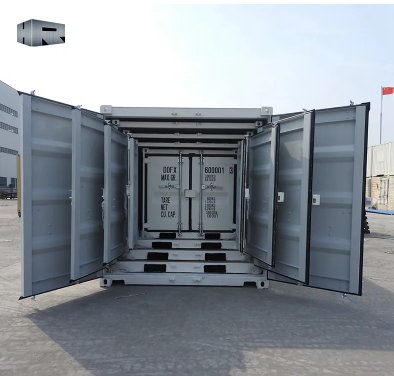
The customization requirements for shipping containers mainly include the following aspects:
Dimensional specifications: The dimensions of the container must comply with the regulations of the International Organization for Standardization, especially the standards of length, width and height, so as to facilitate effective transfer in various means of transportation such as ships, trucks, and trains.
Structural strength: Containers should have sufficient structural strength to withstand various external forces that may be encountered during shipping, including wind and waves, collisions and stacking pressure. The corners and joints of the container should be specially reinforced to ensure its overall structural stability.
Sealing: The container should have good sealing performance to prevent the goods from being eroded by rain and seawater during transportation. This requires that the doors, windows and other parts of the container can be tightly closed and have certain waterproof functions.
Stackability: Containers should be designed to facilitate stacking in multiple layers on a ship or in a cargo yard. This requires that the bottom and top of the container should be flat and have a certain load-bearing capacity.
Ventilation: For goods that require ventilation, the container should be designed with vents or ventilation devices to ensure the ventilation needs of the goods during transportation.
Material selection: The material of the container should have corrosion resistance, weather resistance and good impact resistance. Commonly used materials include steel, aluminum and stainless steel.
Environmental requirements: When customizing containers, environmental factors should also be considered, such as using environmentally friendly materials, reducing energy consumption and reducing emissions.
Personalized needs: According to the characteristics of the goods and transportation needs, containers with special functions can be customized, such as refrigerated containers, dangerous goods containers, etc.
To sum up, the customization requirements for shipping containers cover many aspects such as size specifications, structural strength, sealing, stackability, ventilation, material selection, environmental protection requirements and personalized needs. During the customization process, comprehensive considerations should be made based on actual needs to ensure that the container can meet various requirements during shipping.




ความคิดเห็น
(0)